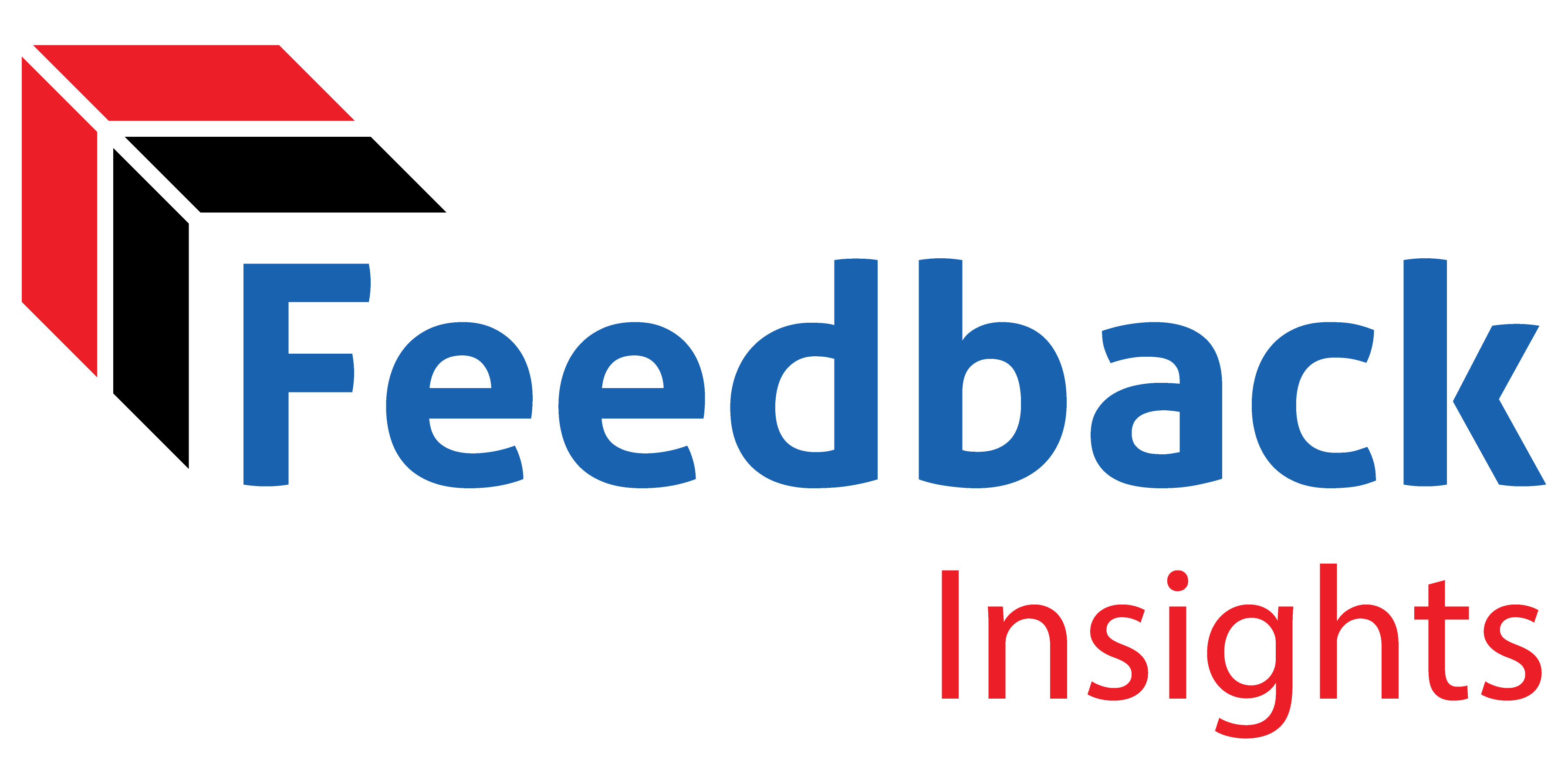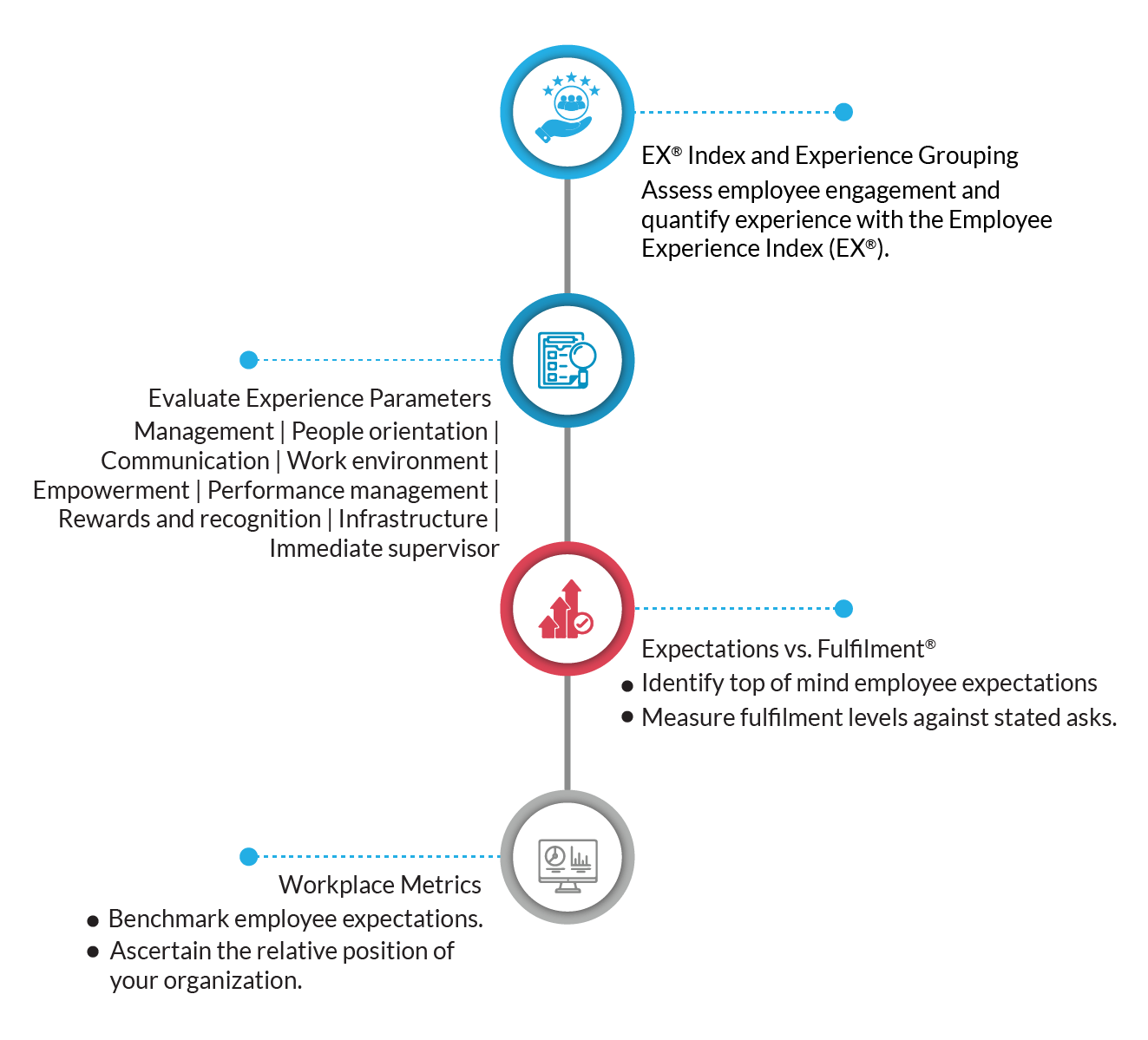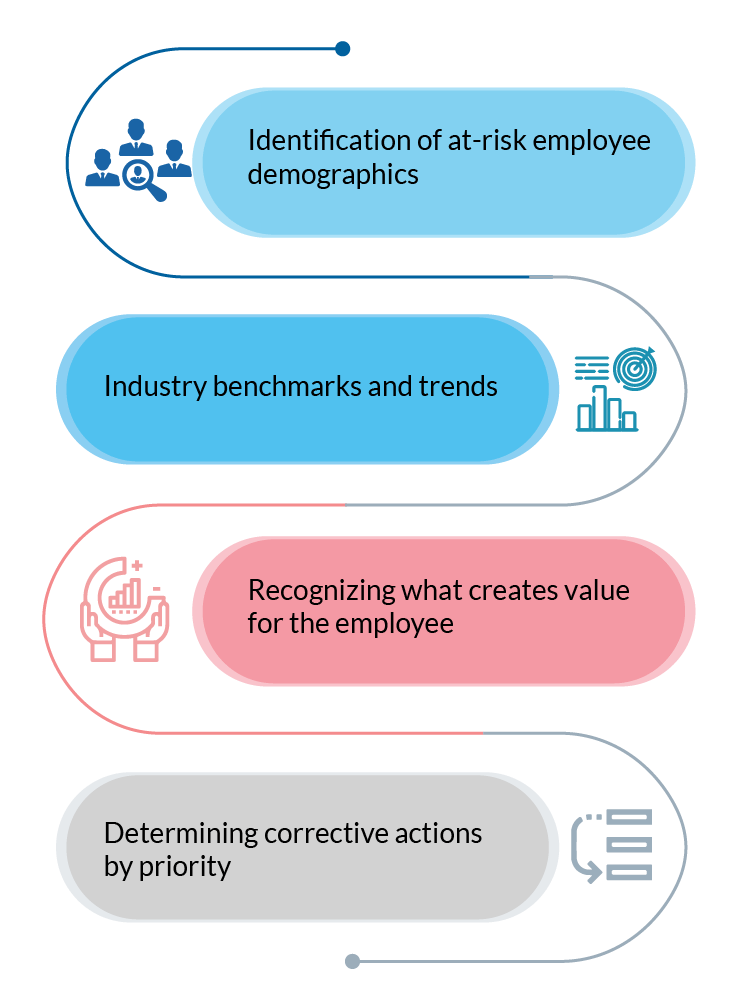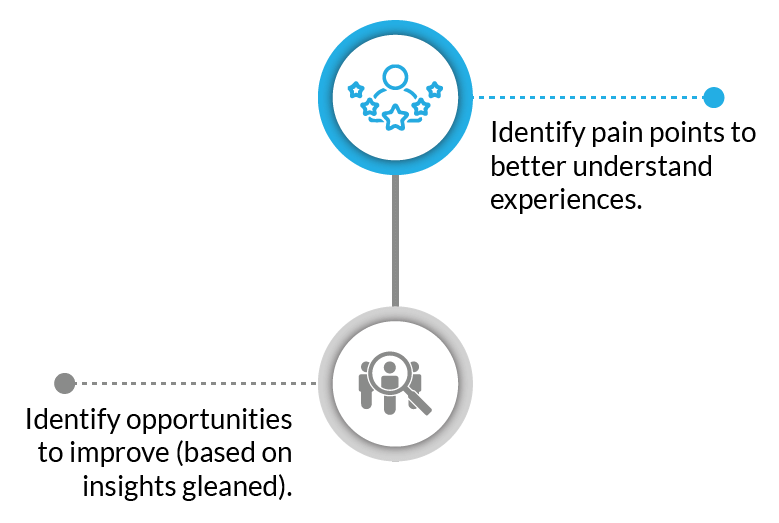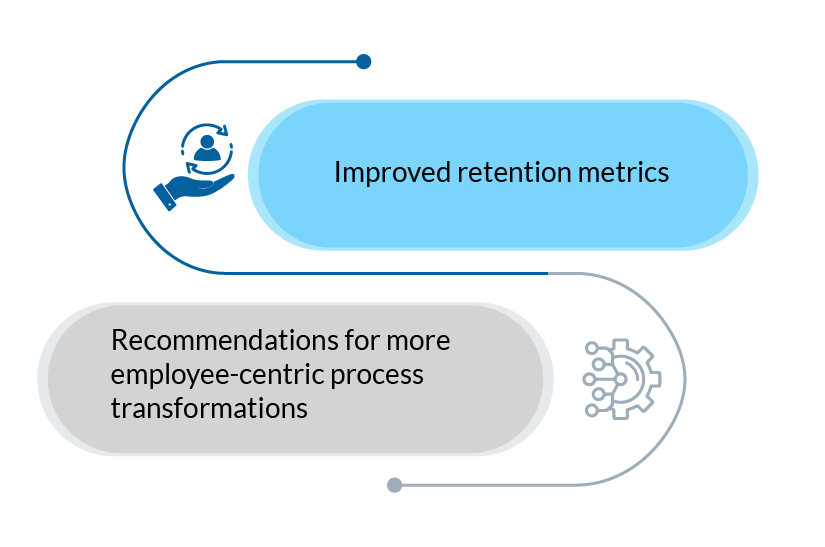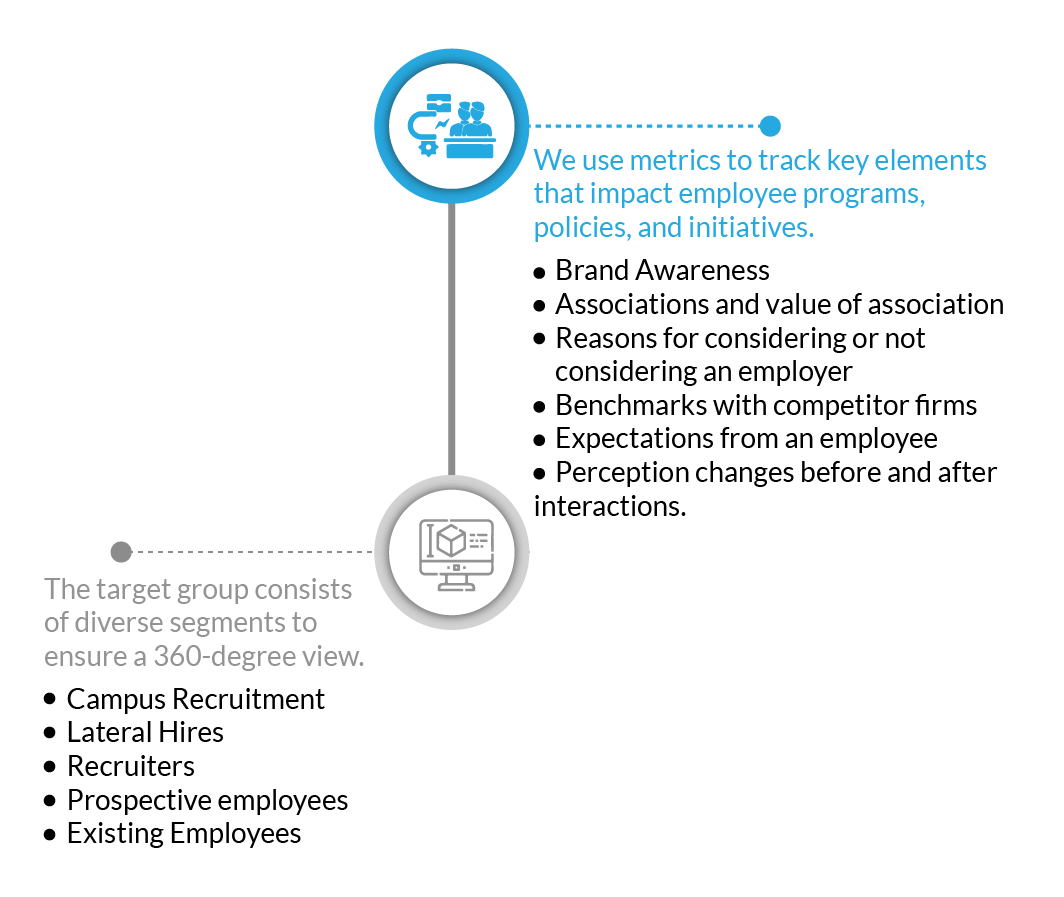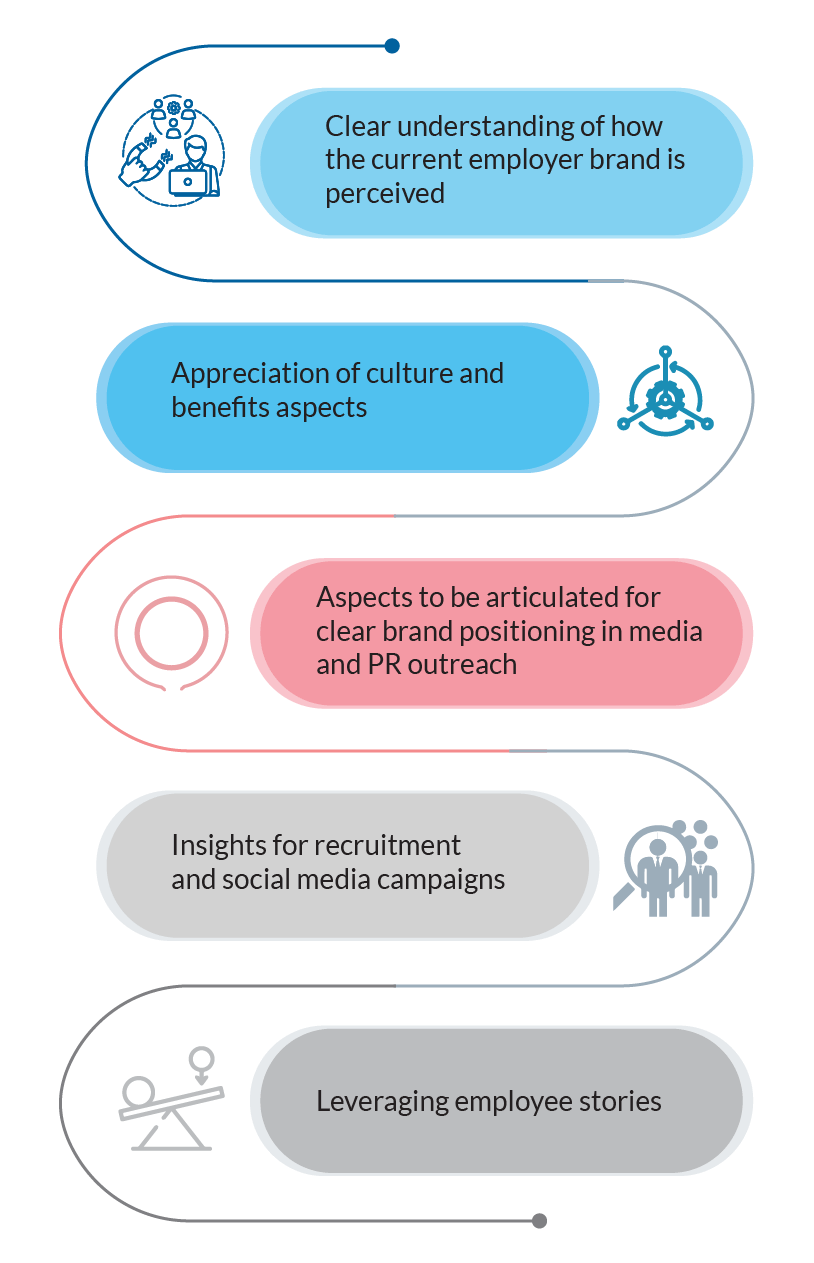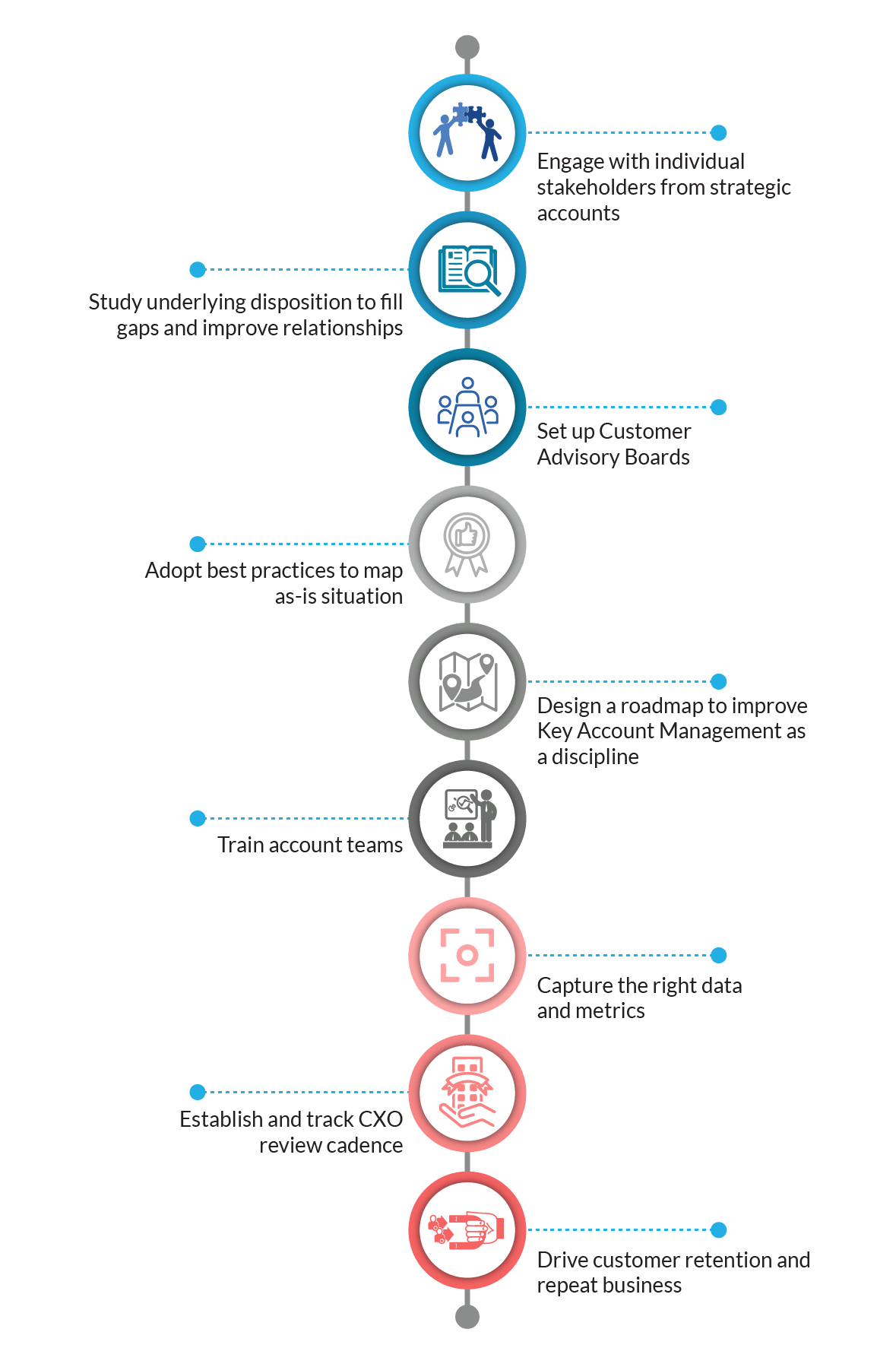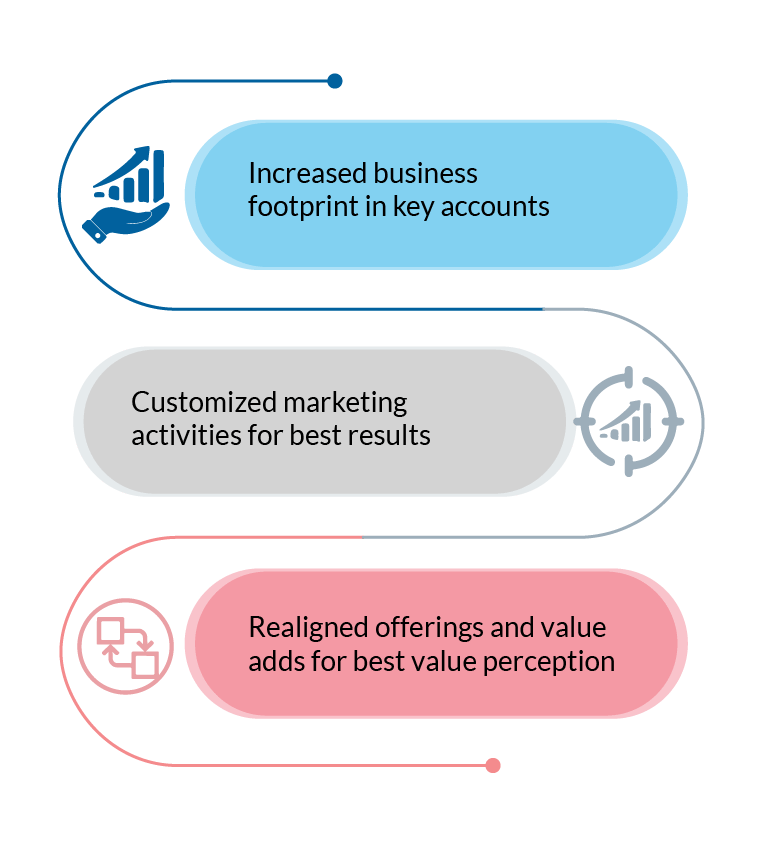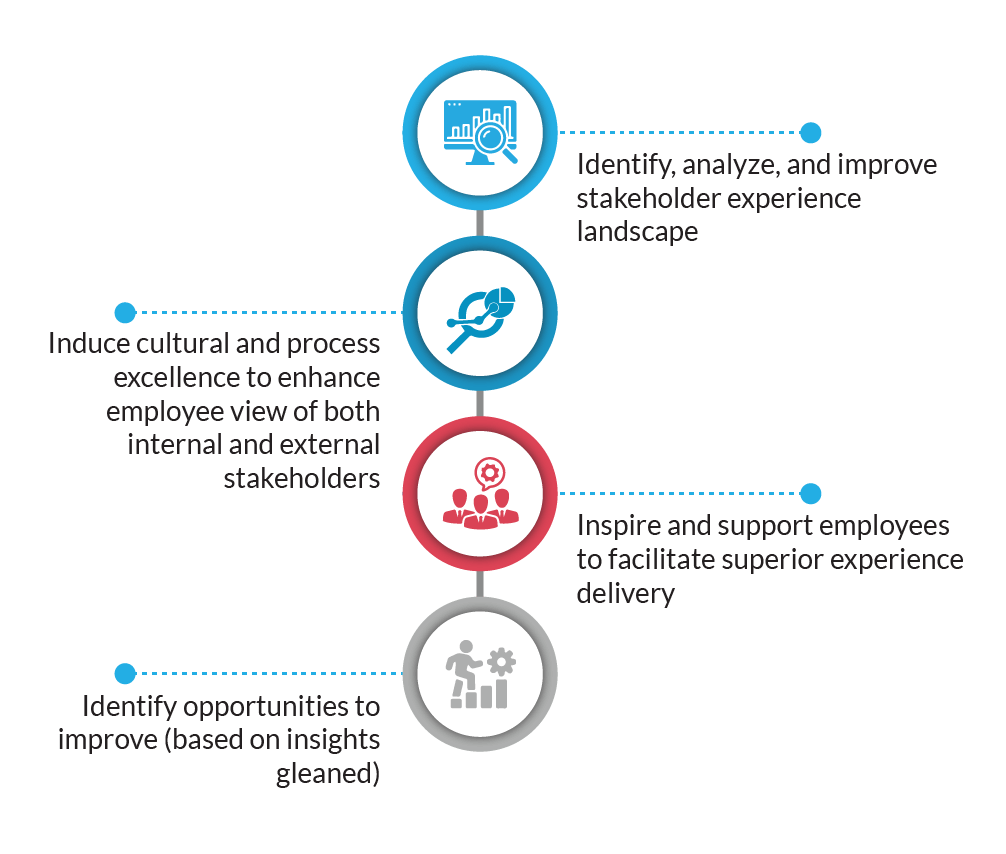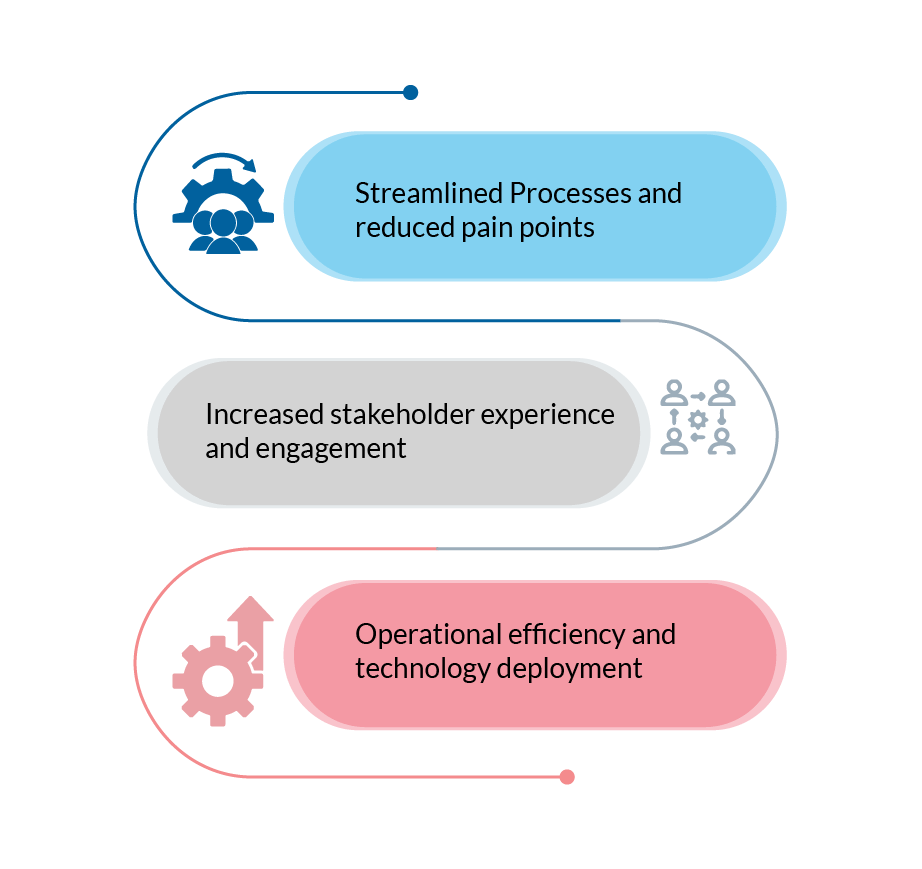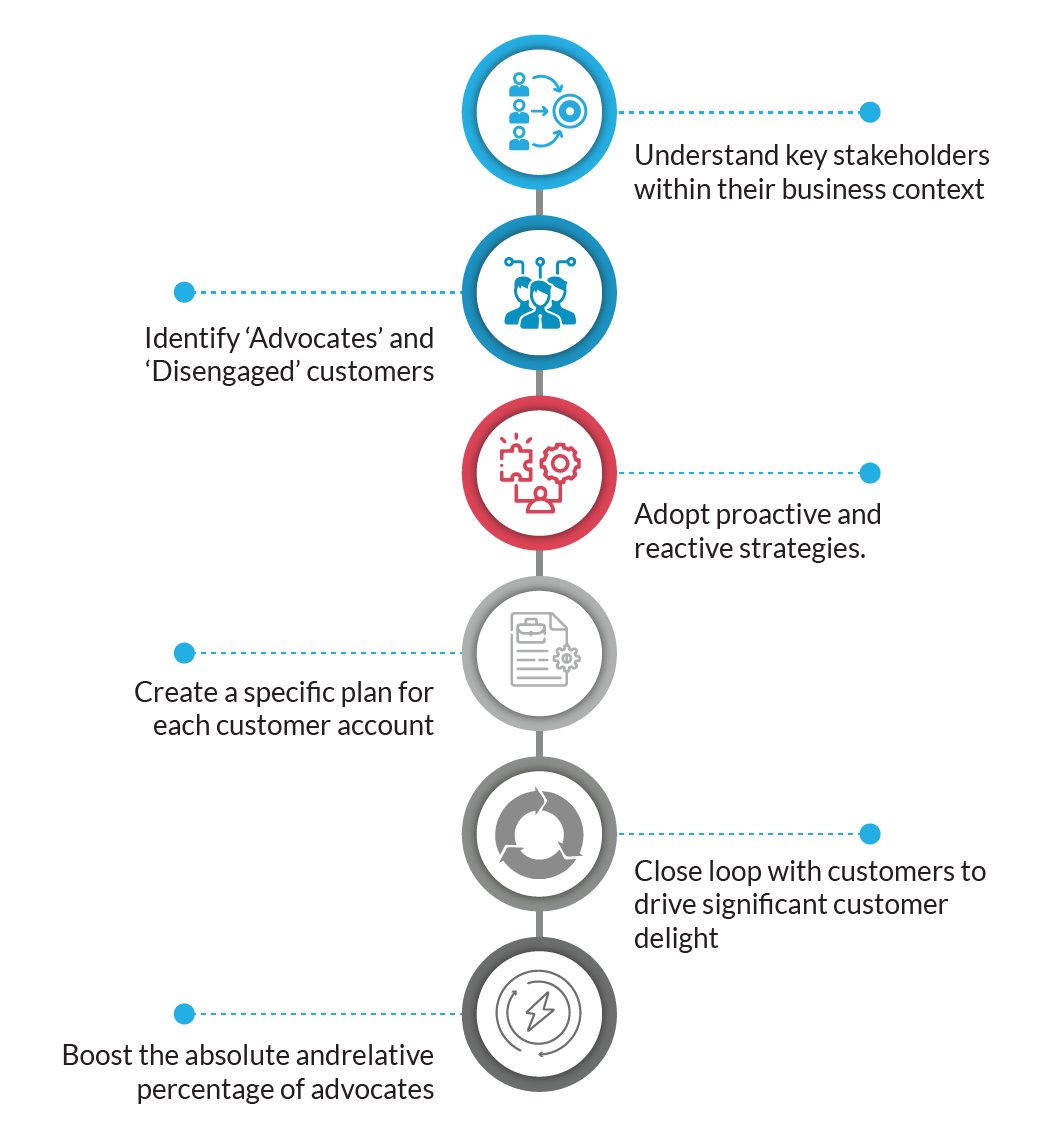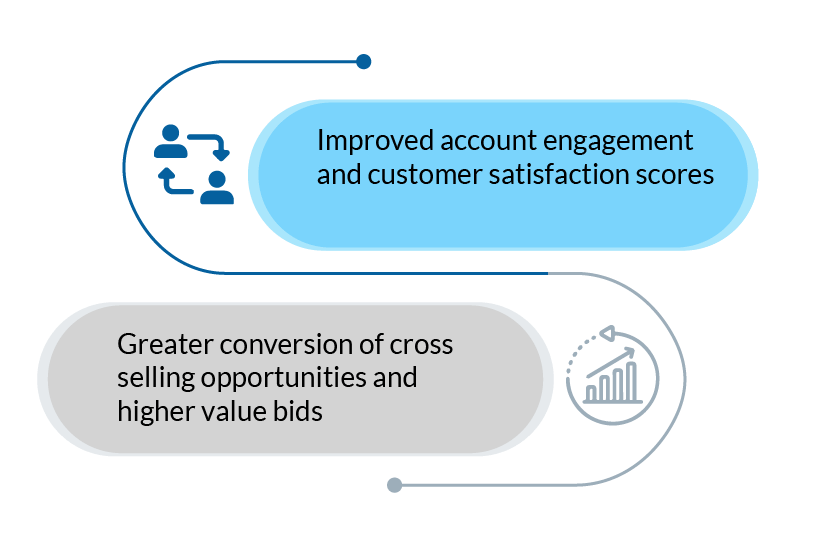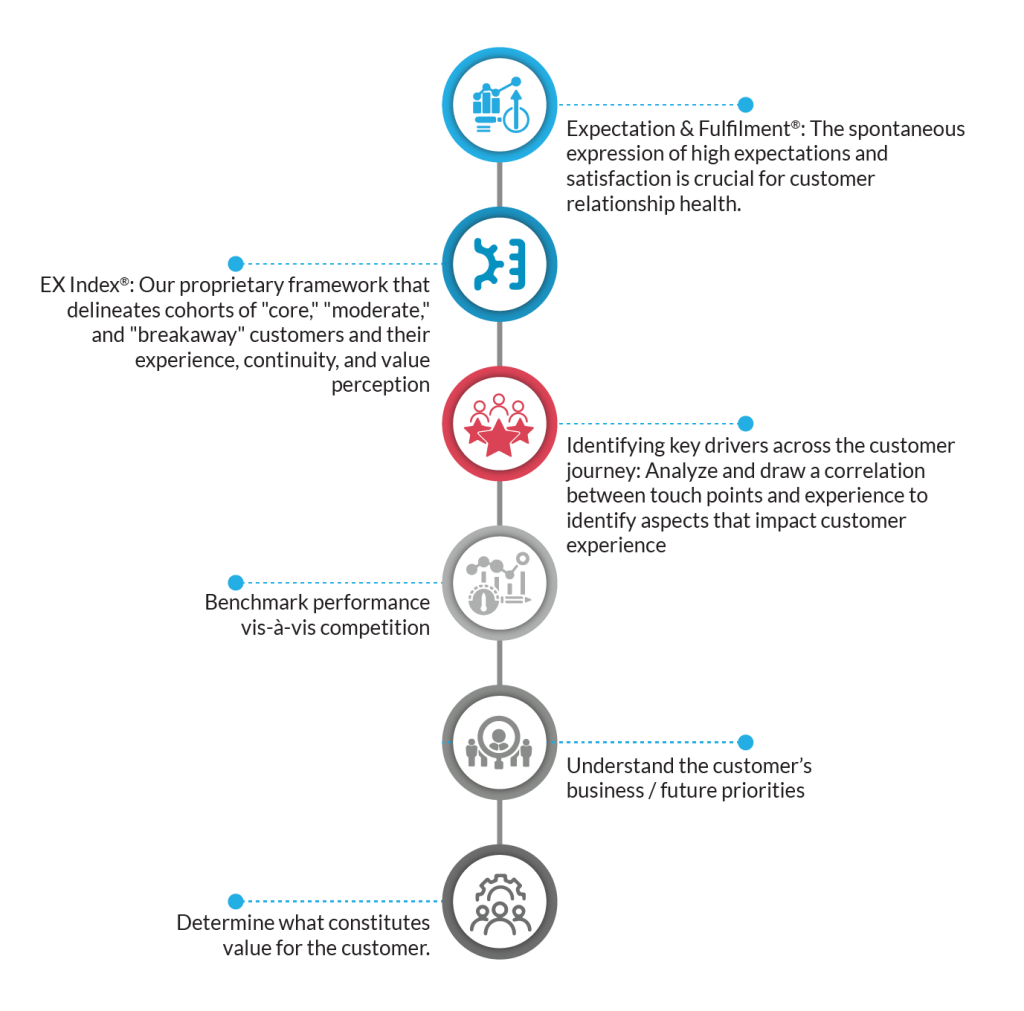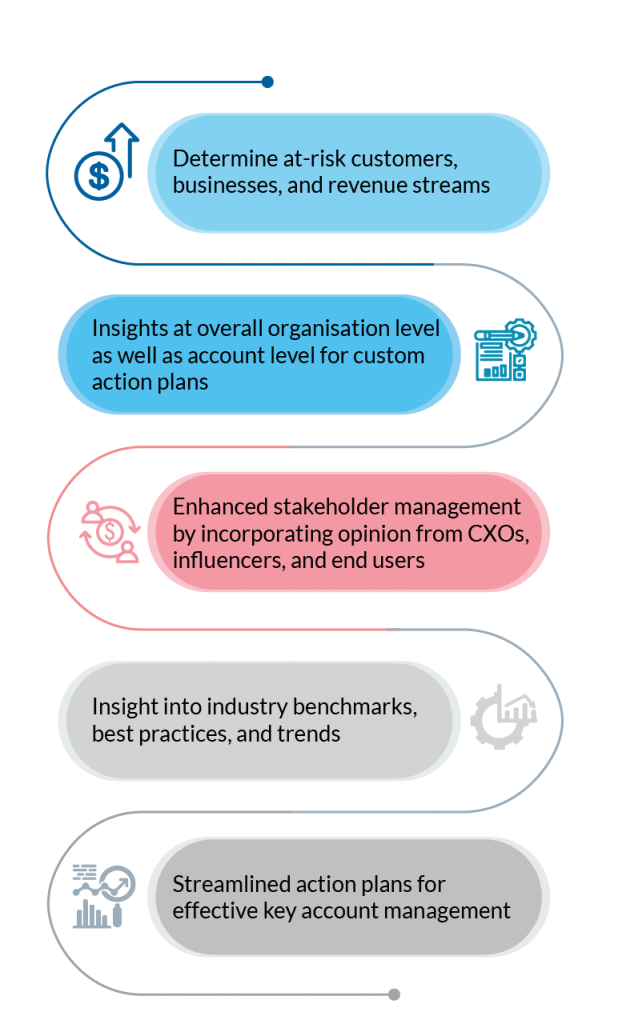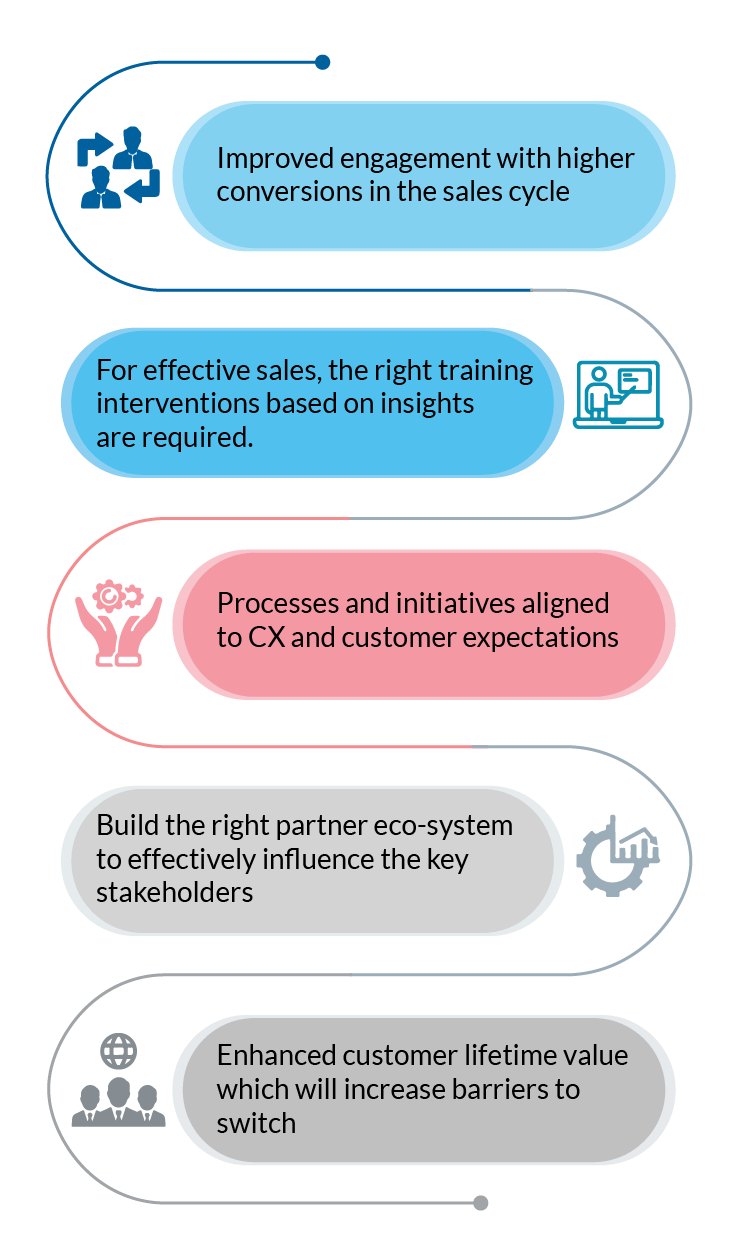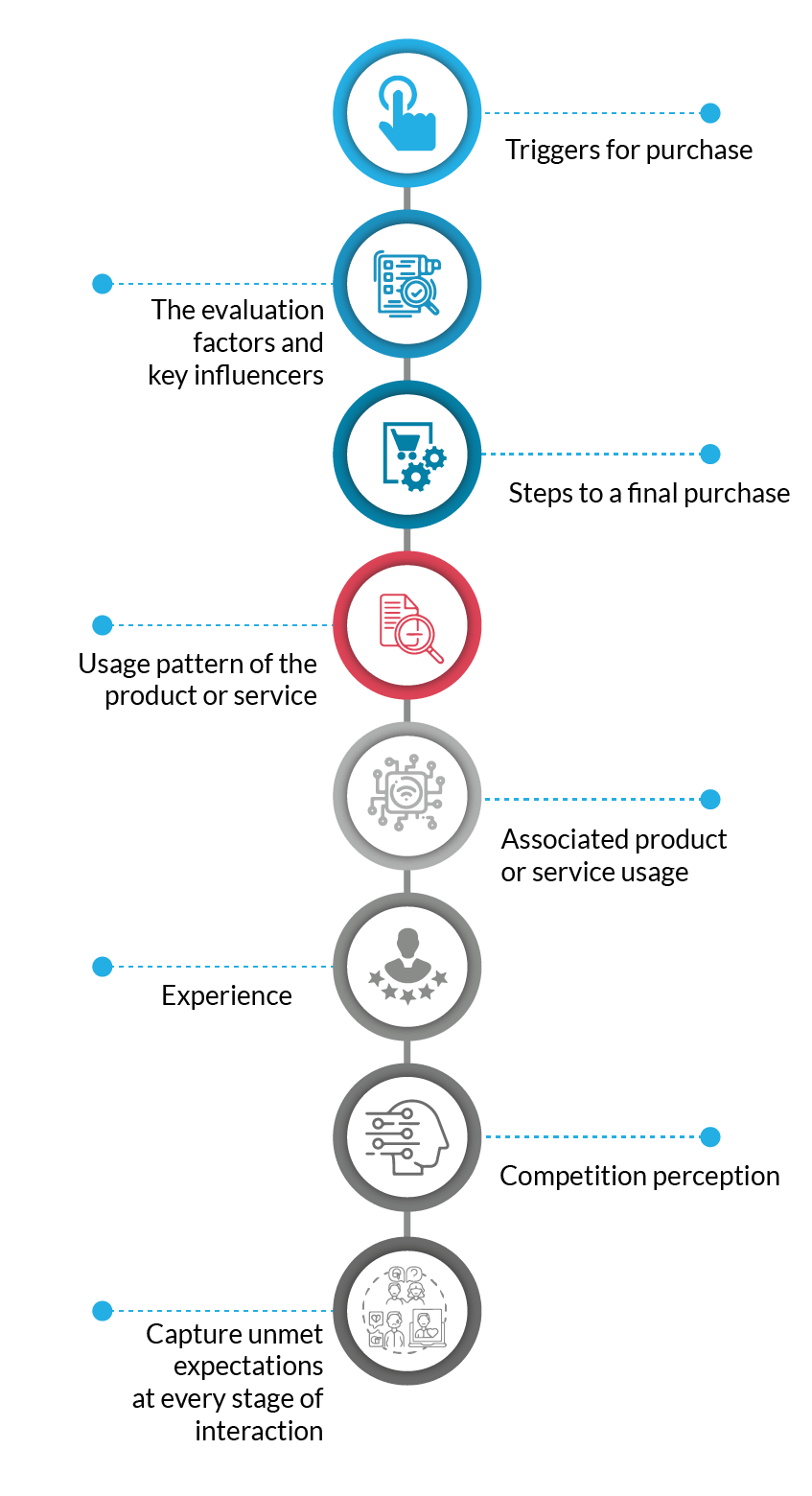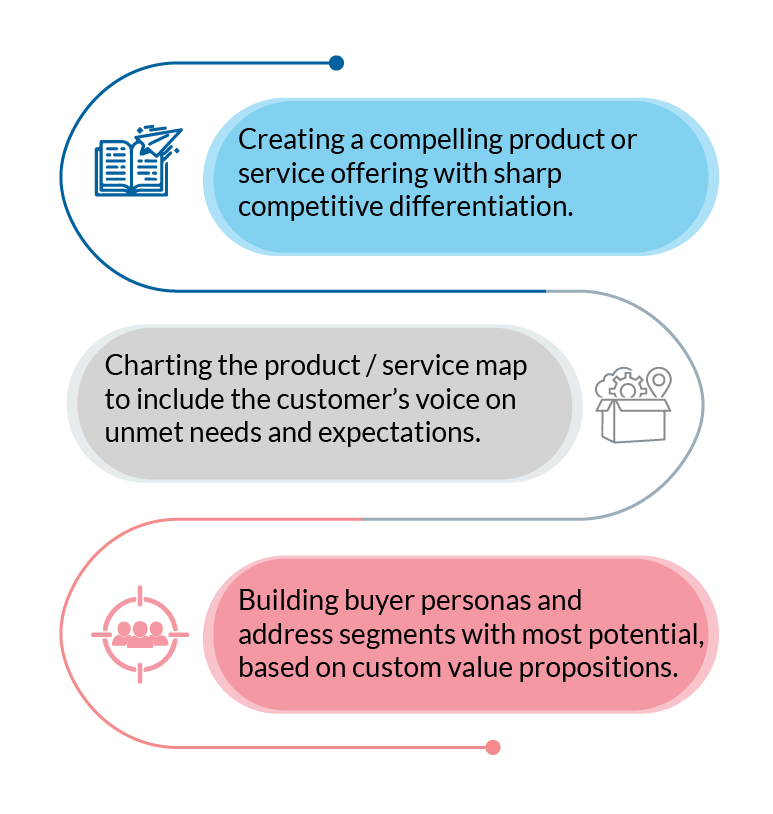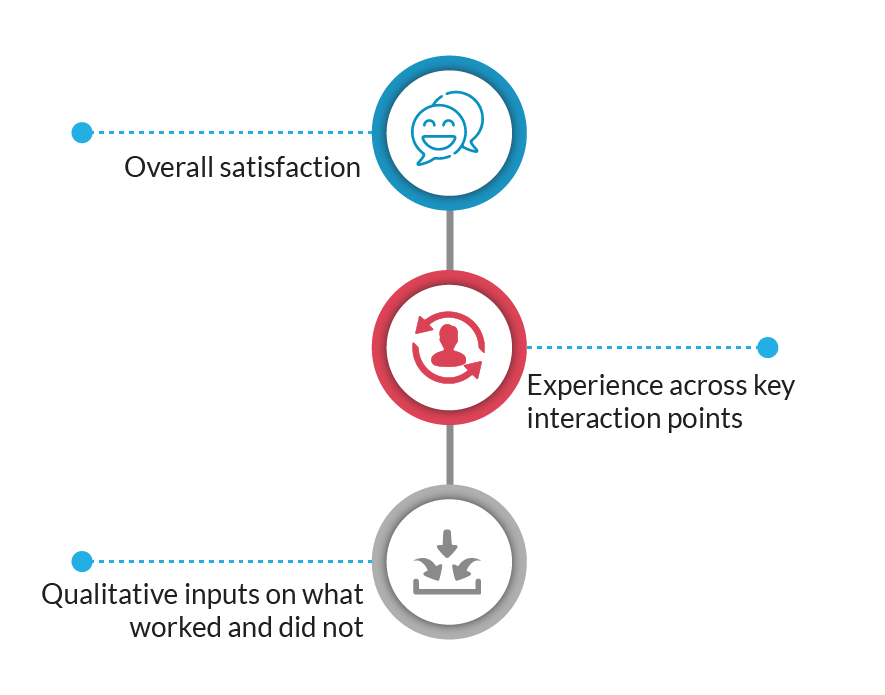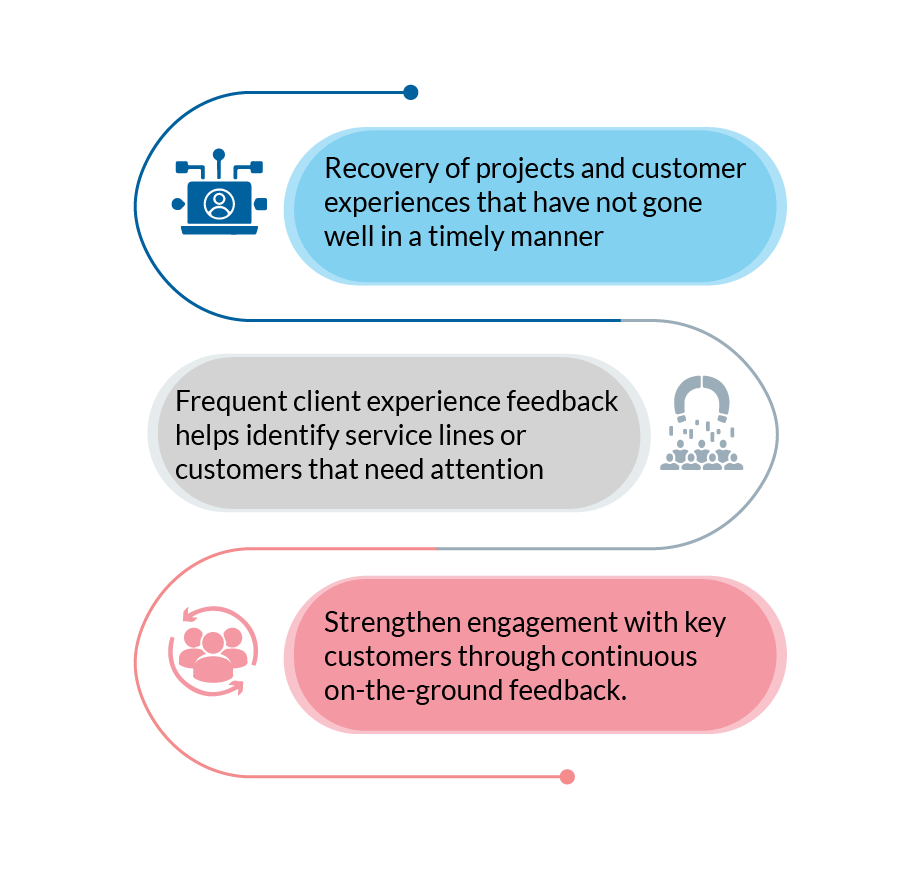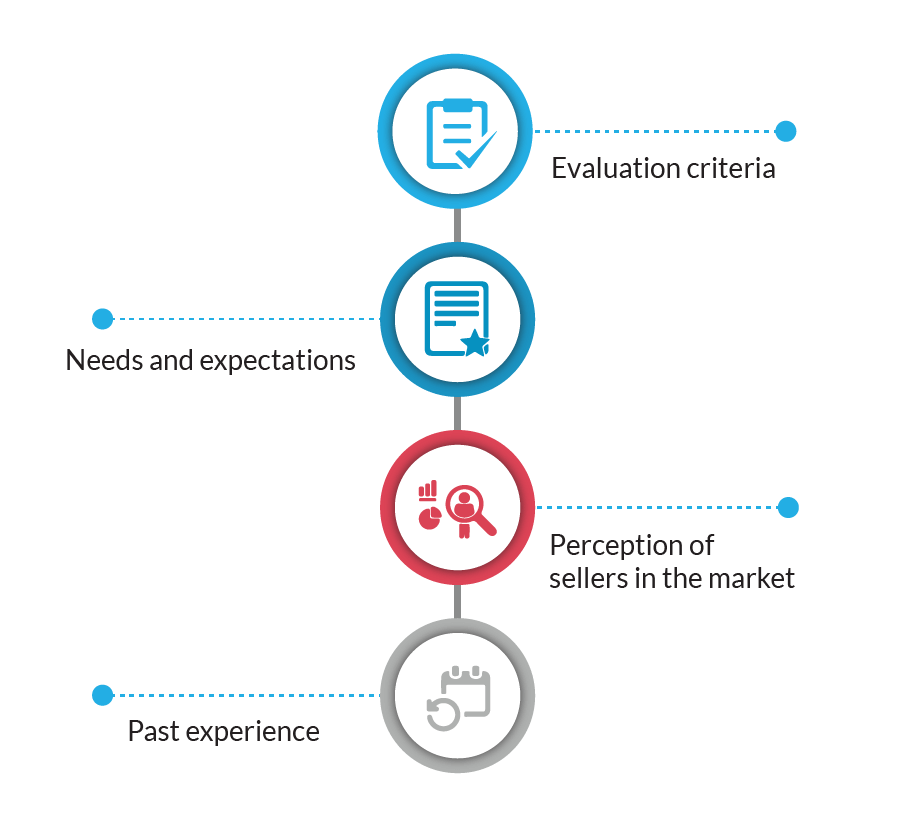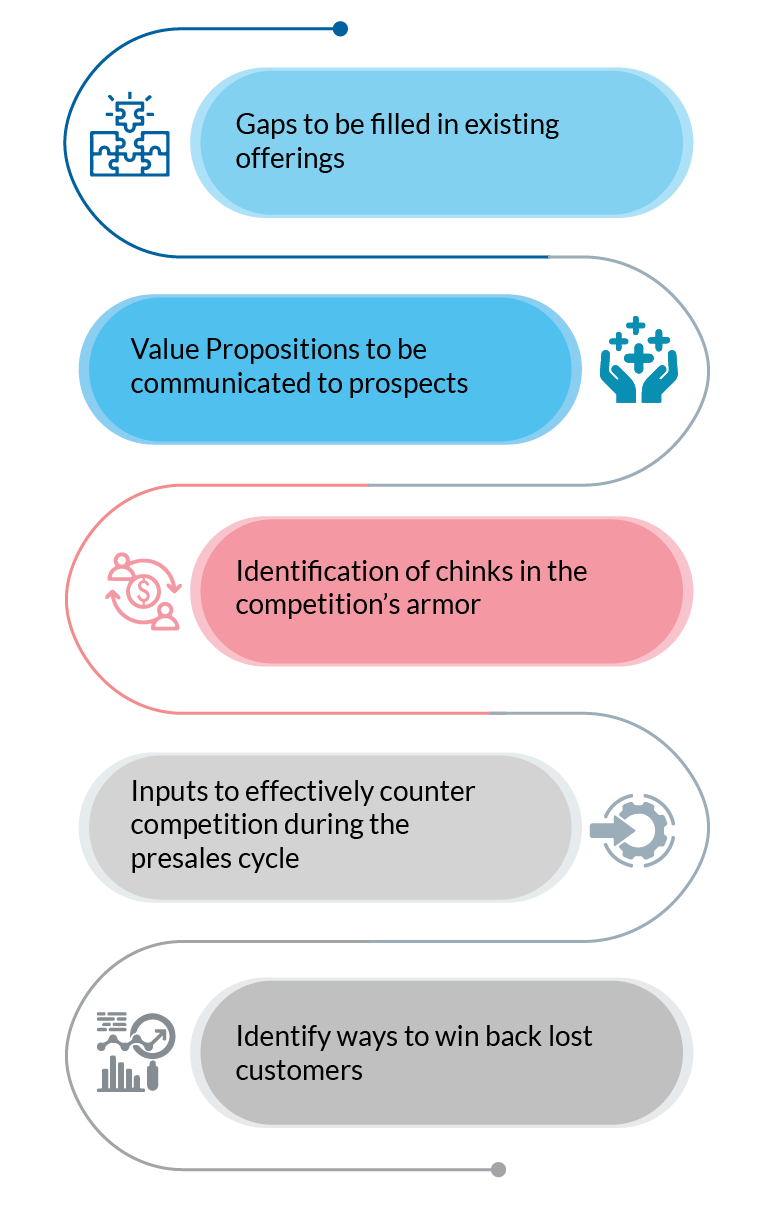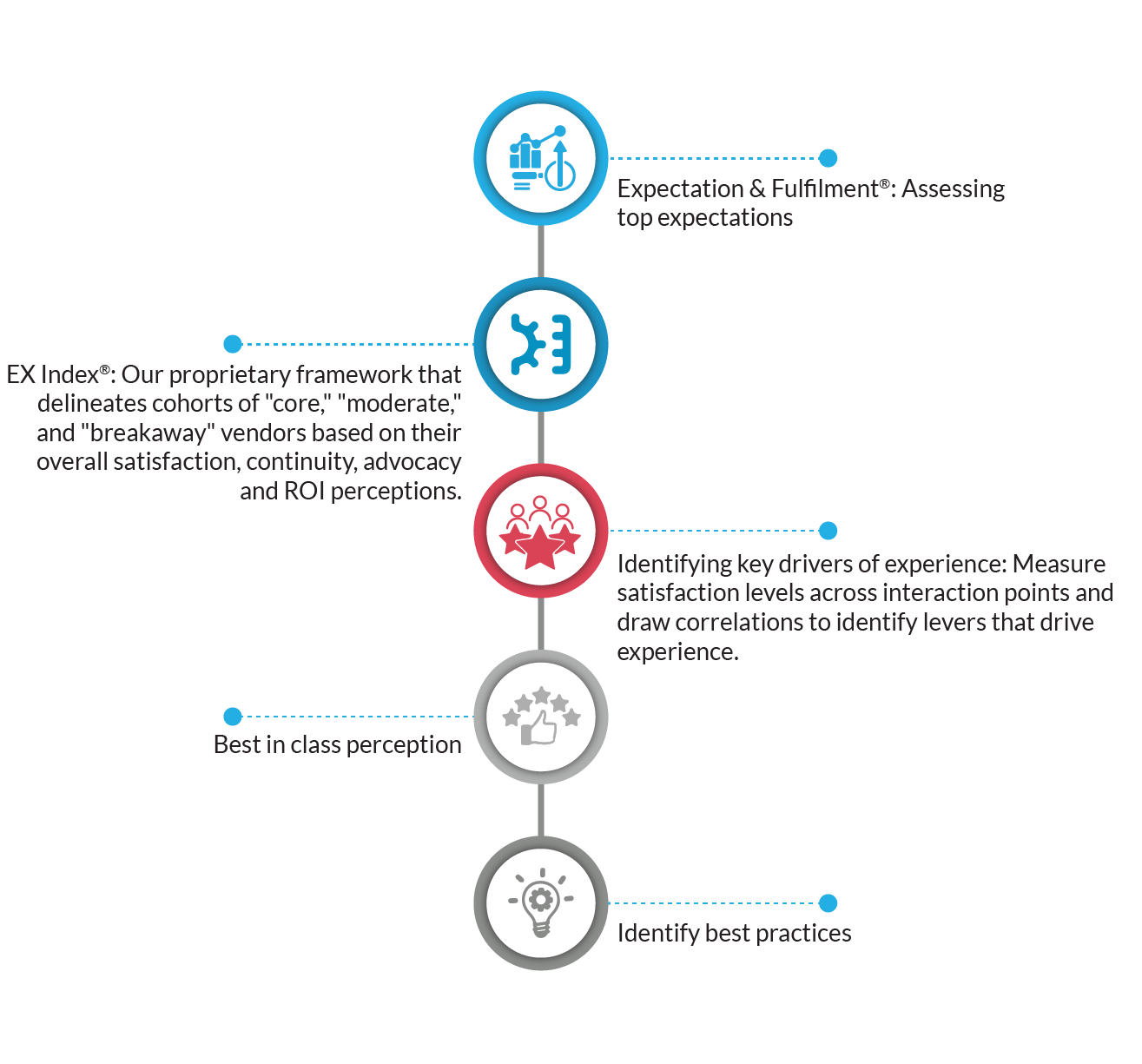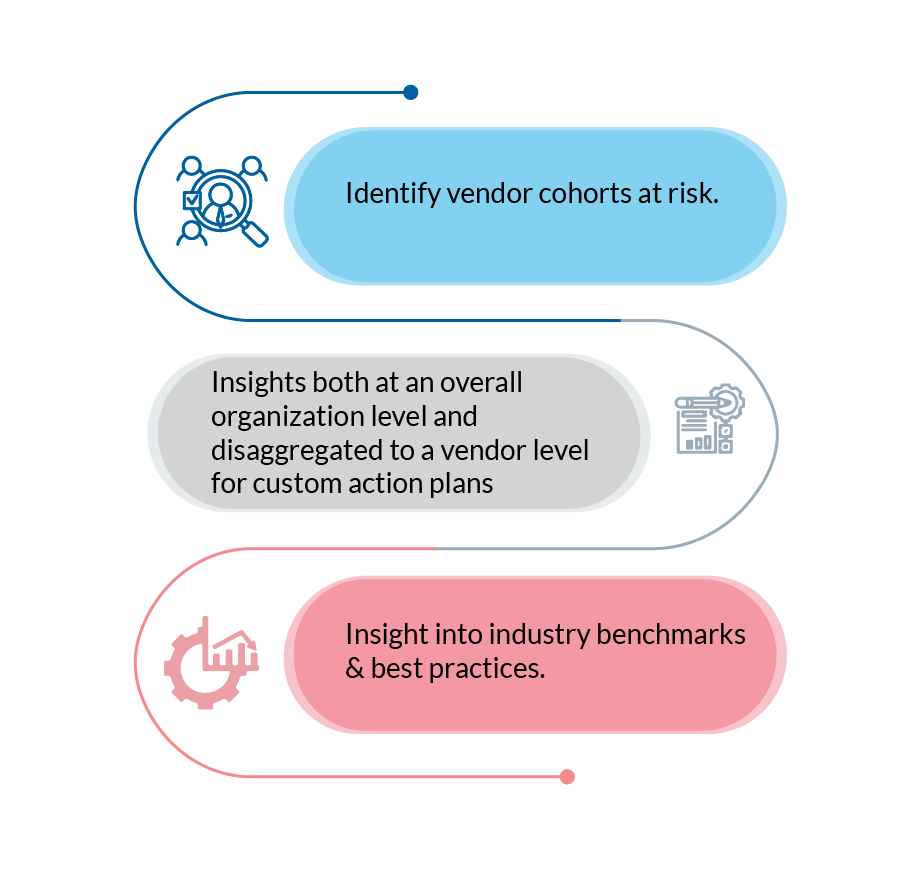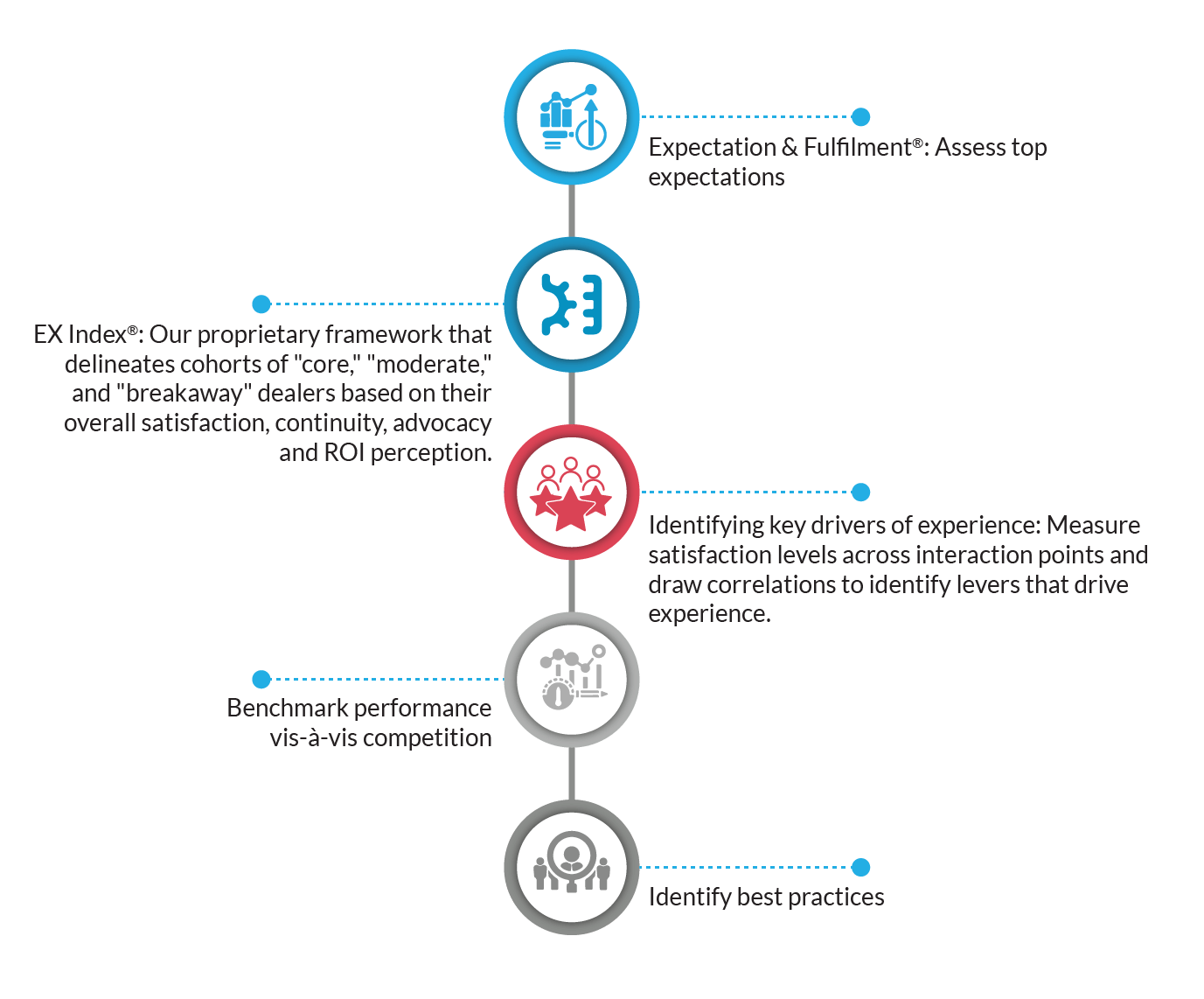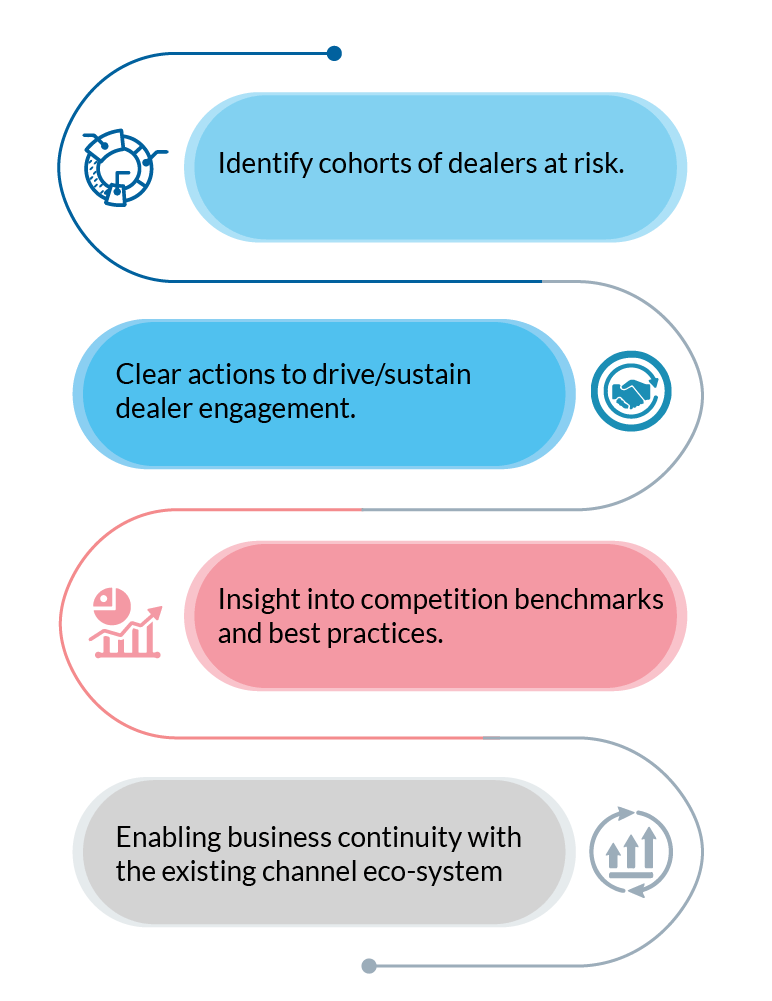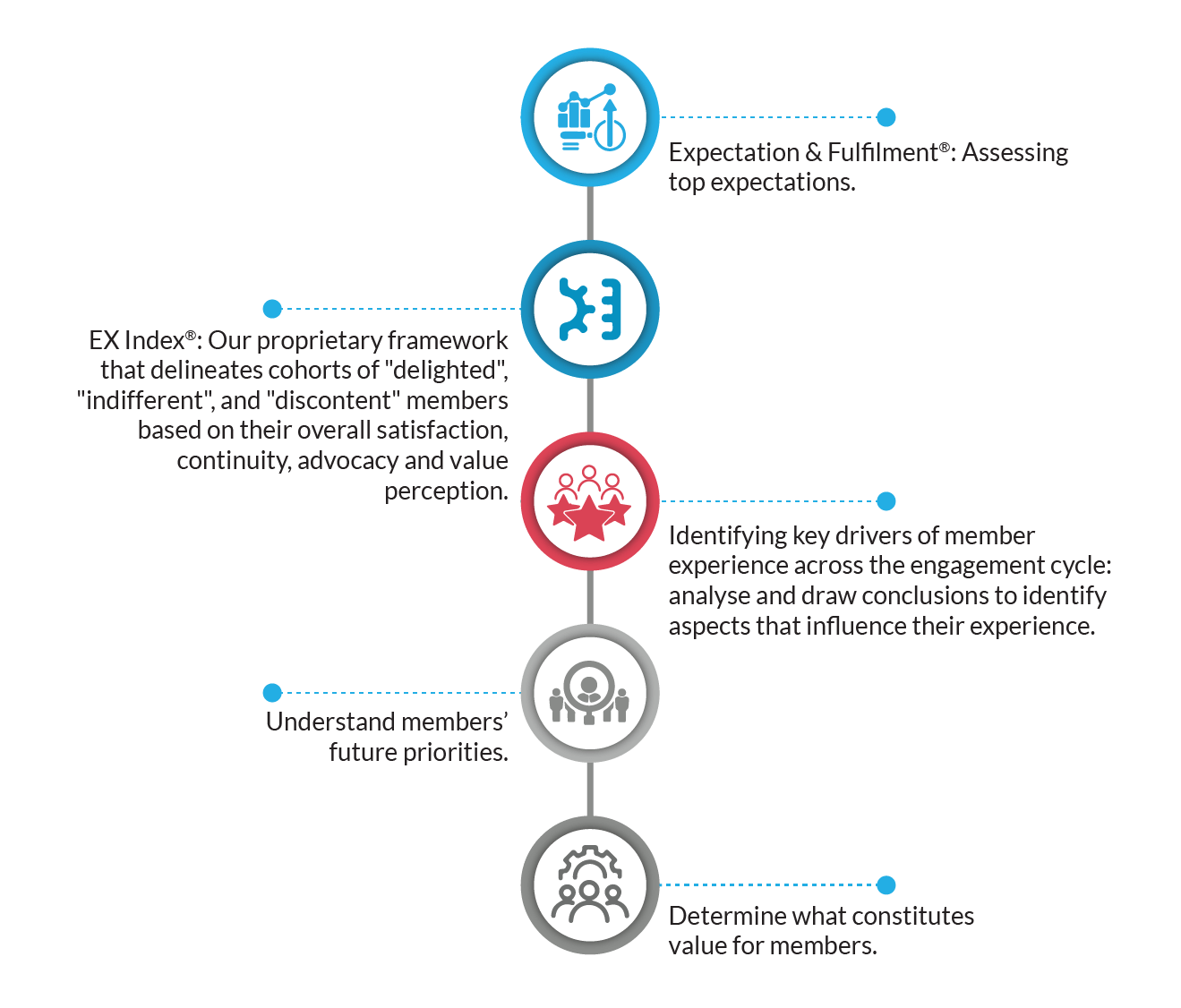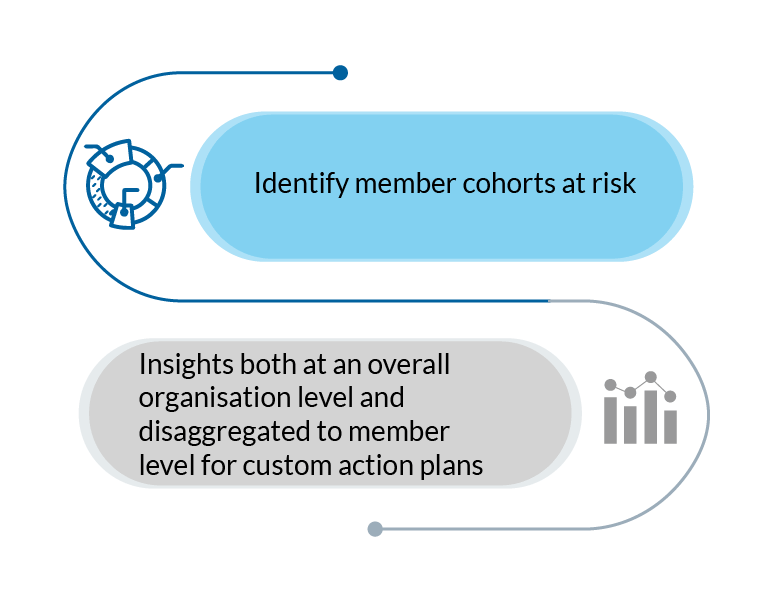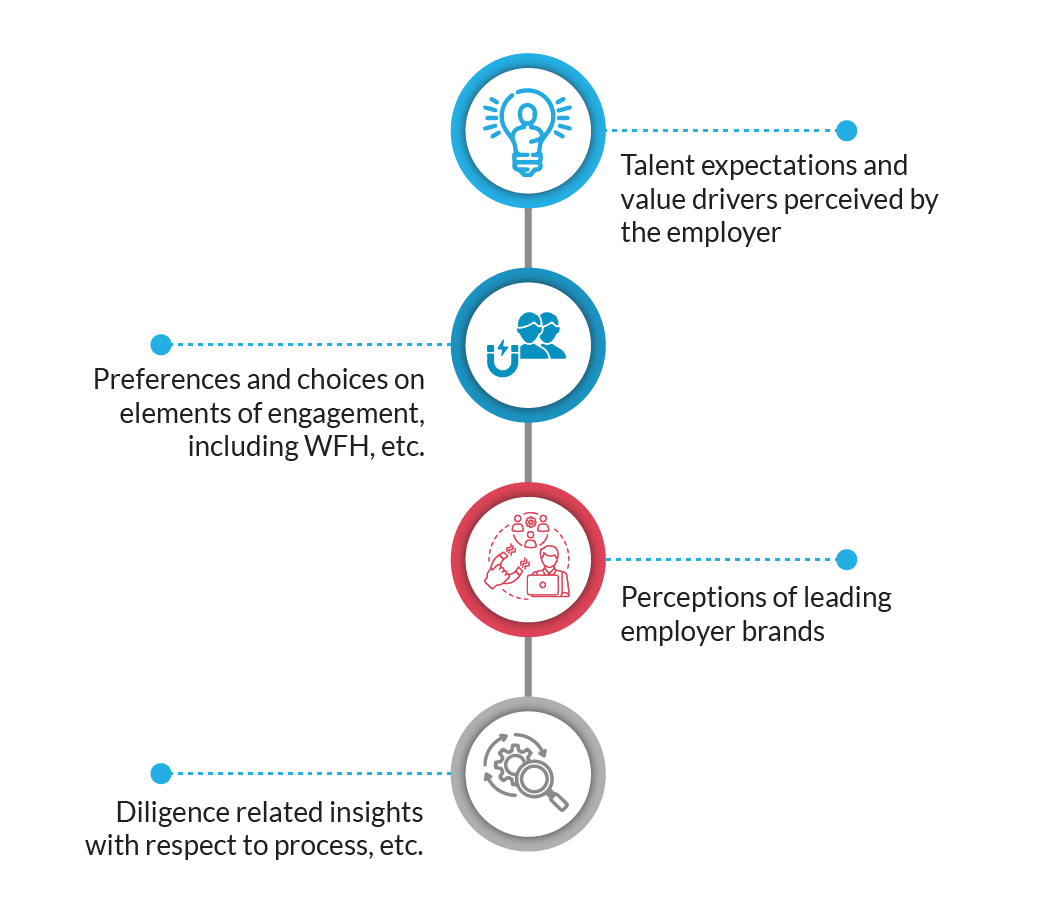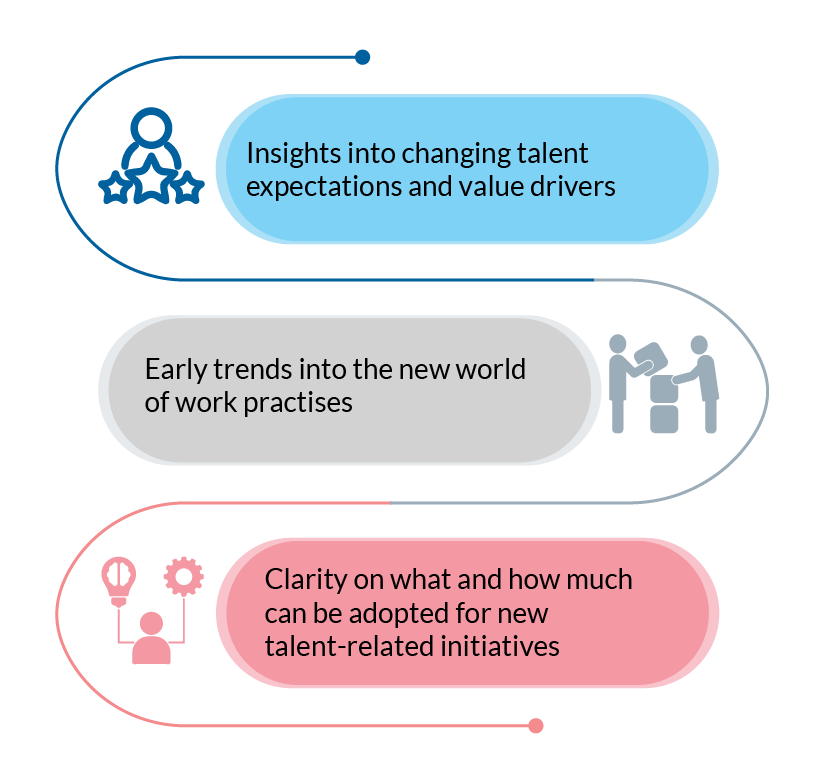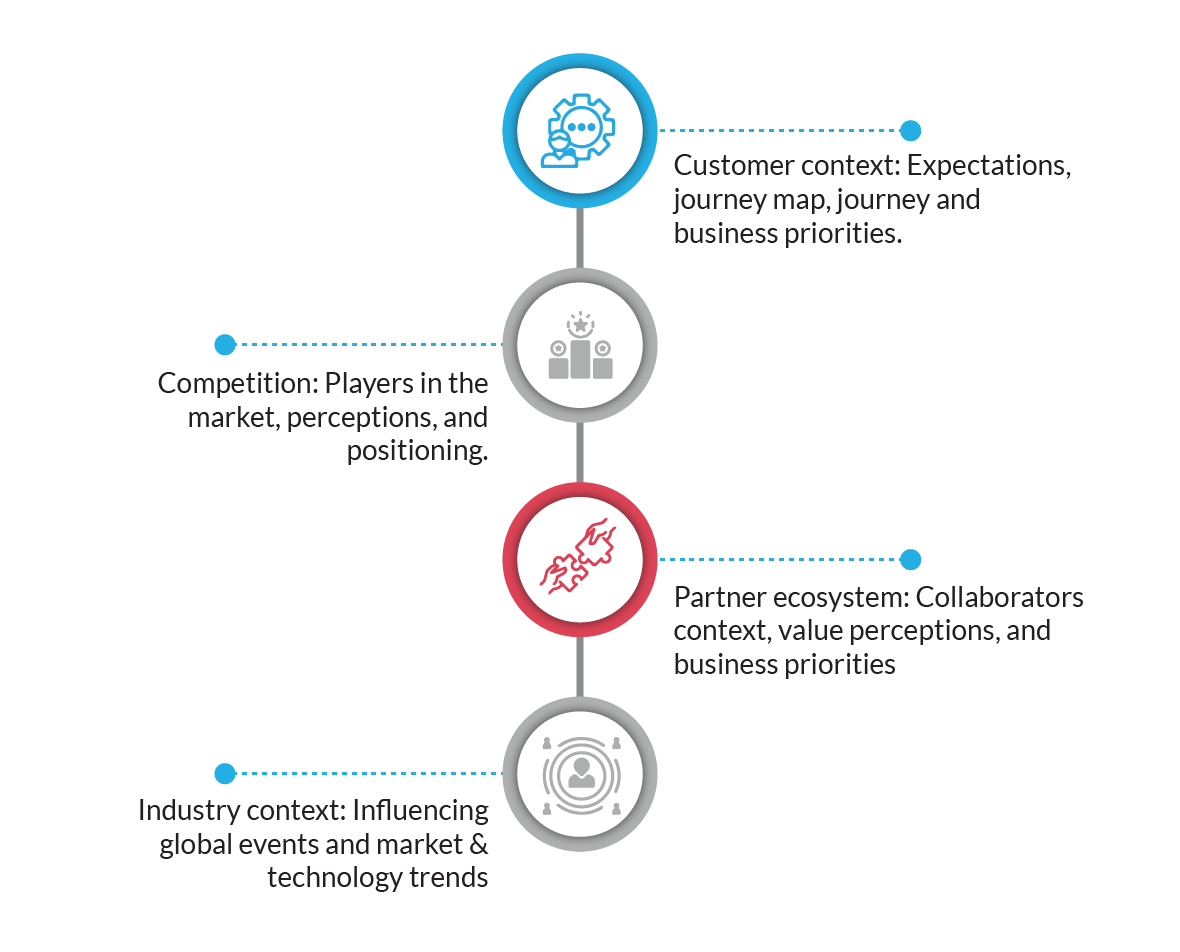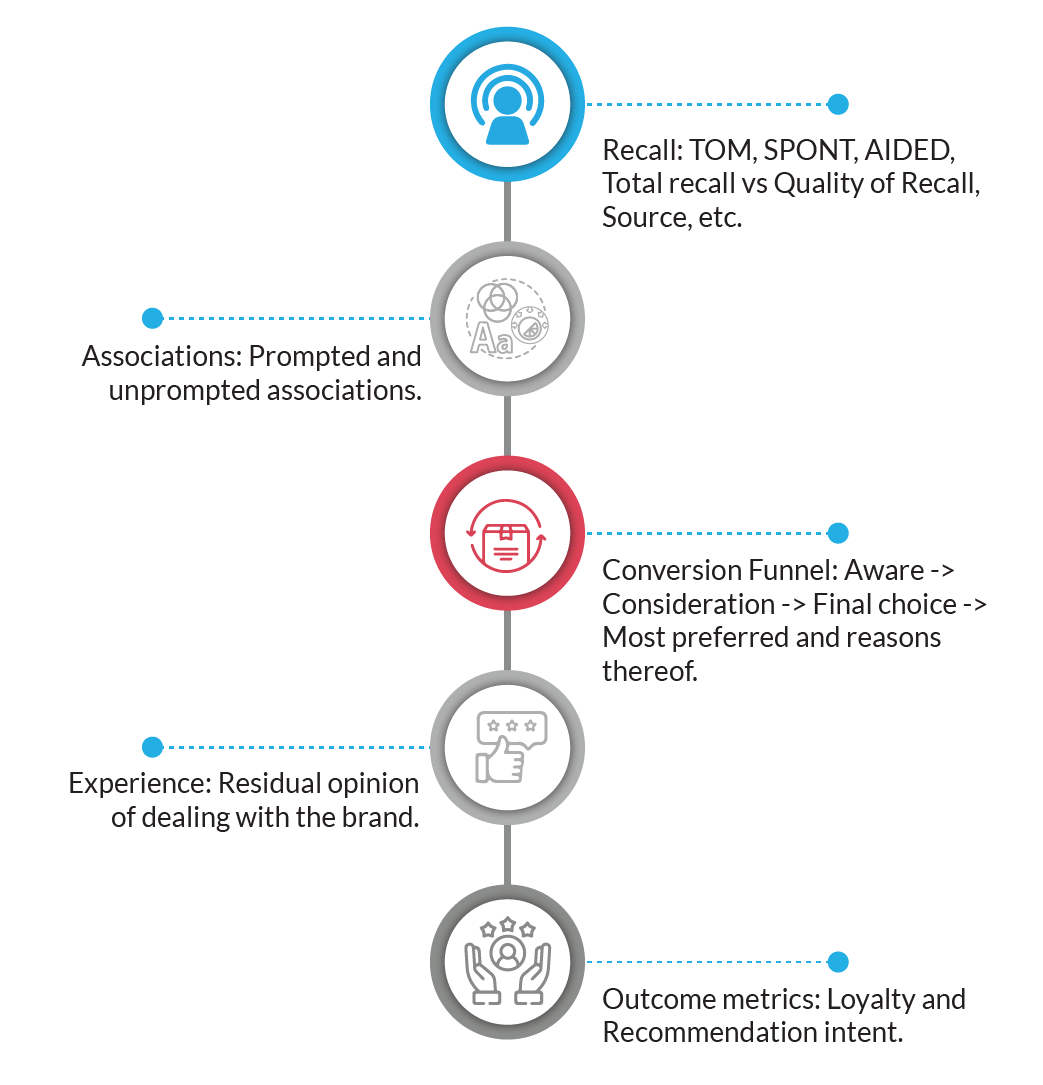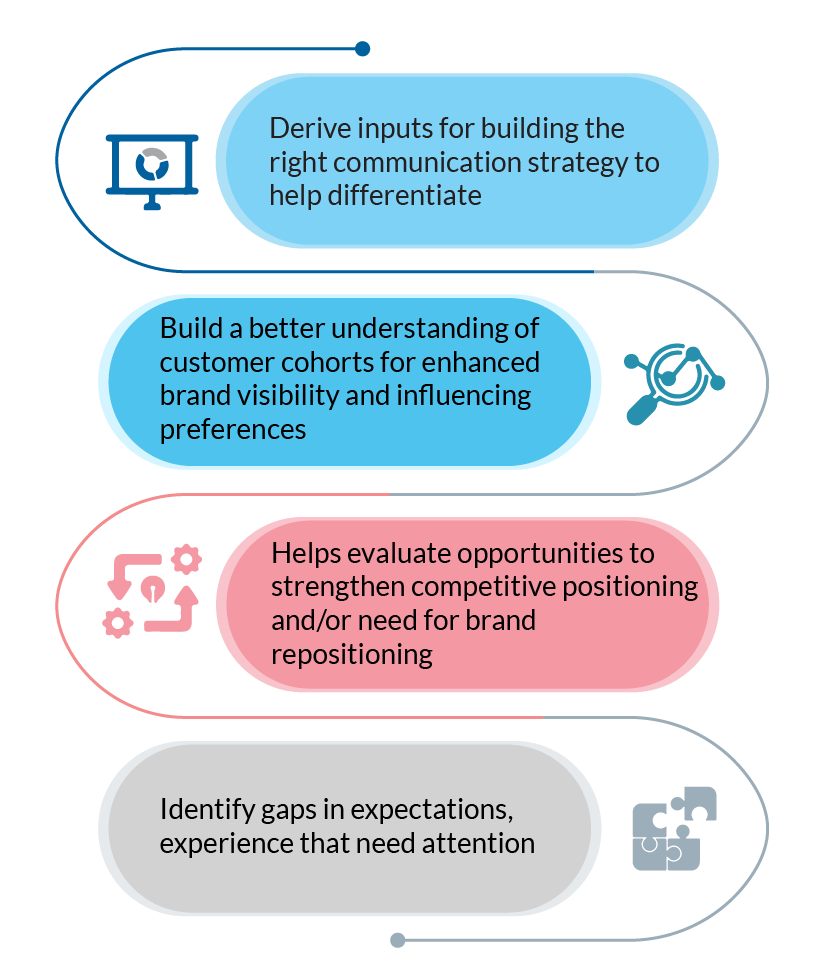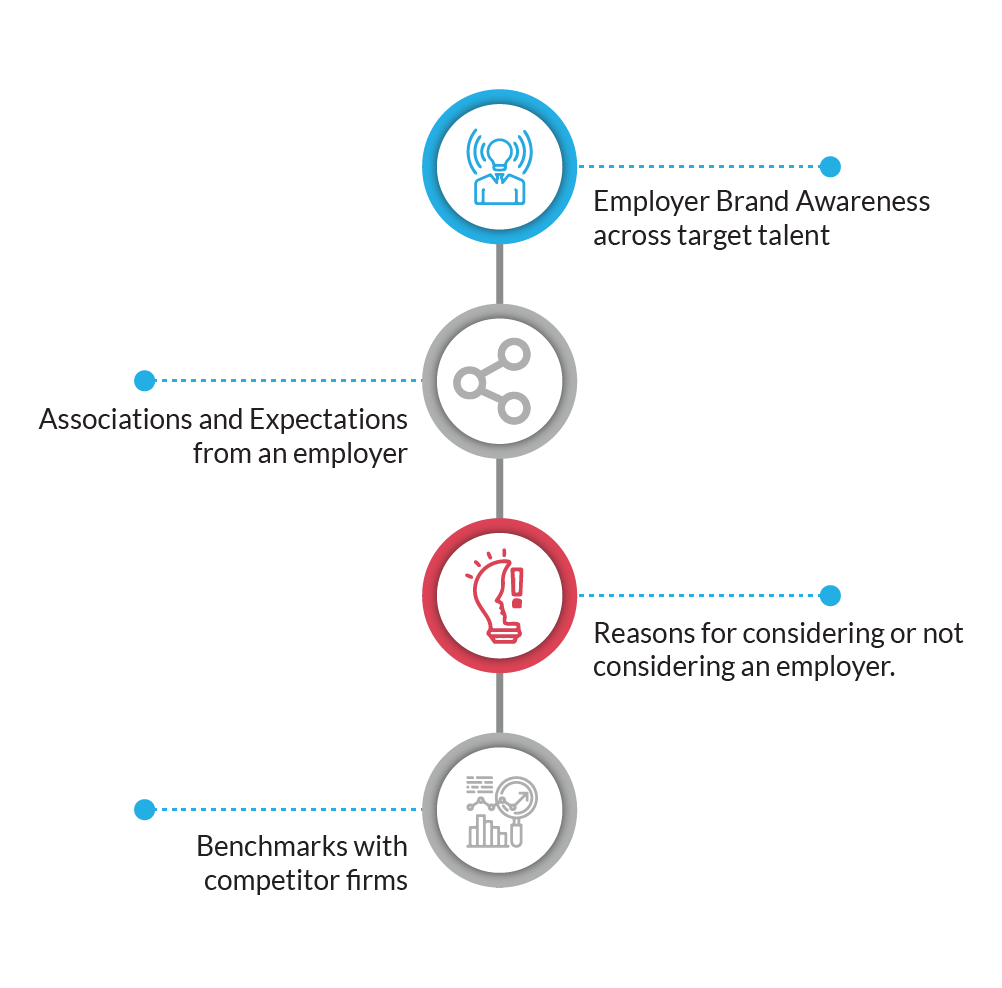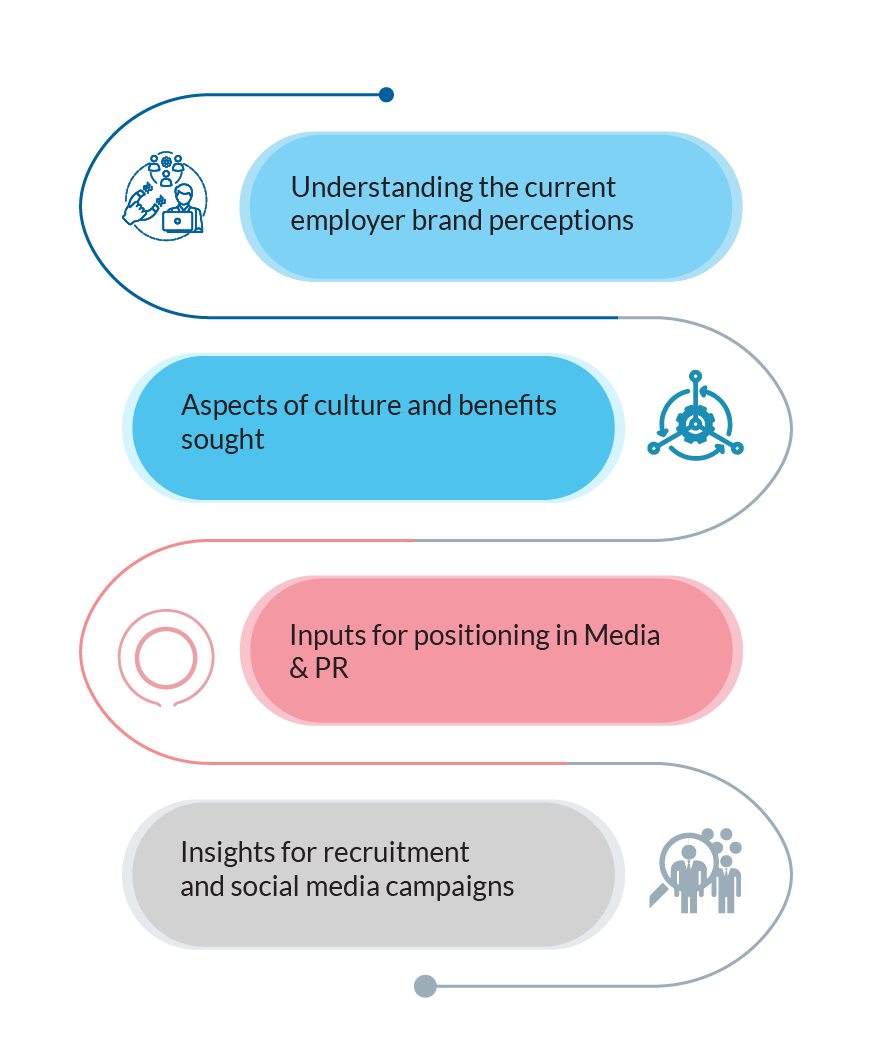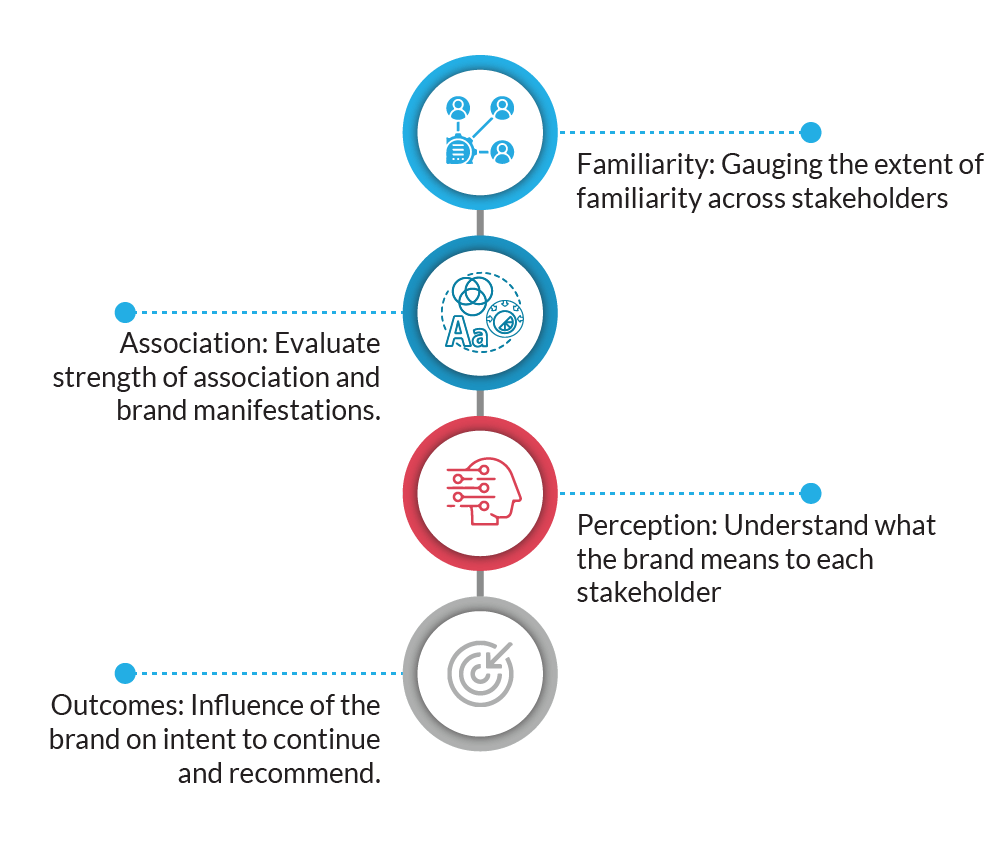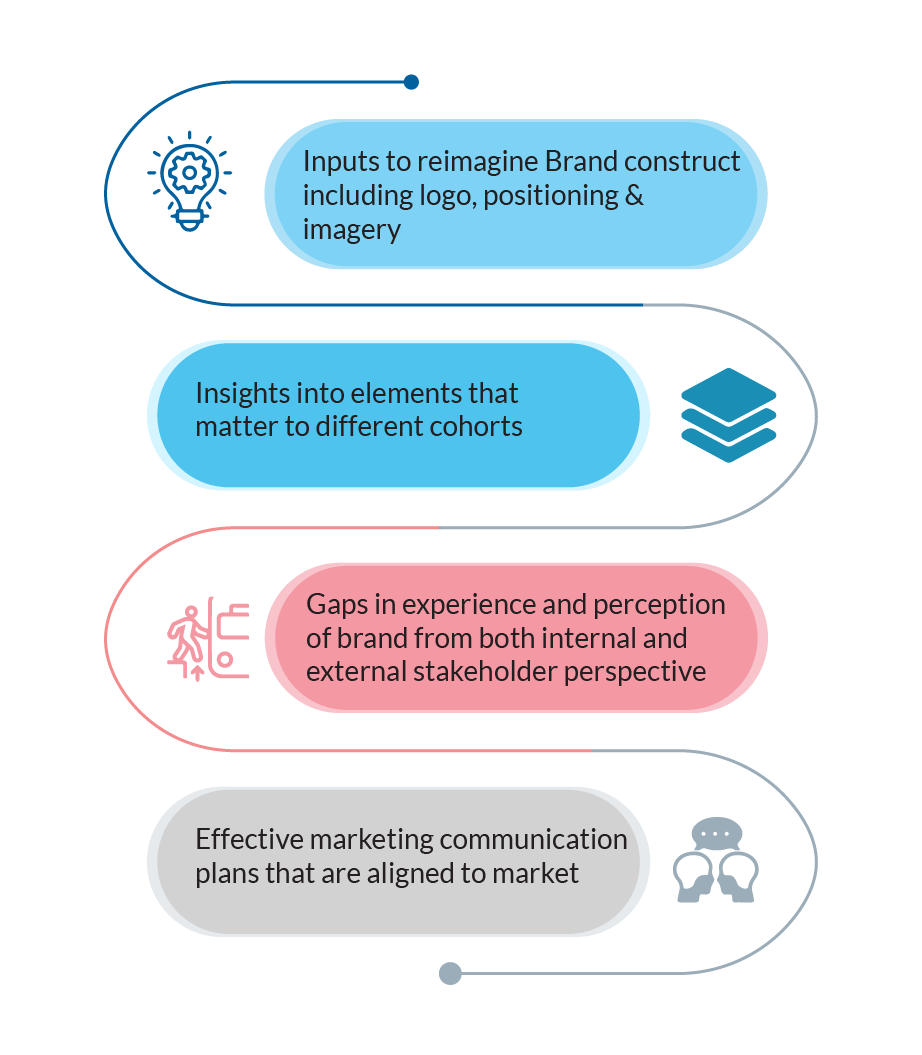“The power has shifted to the customer and it’s not coming back.”
Geoffrey Moore

Marketing is continuously evolving, and marketers need to be on their toes. Customer needs are changing dramatically, and personalization at scale is difficult without the right technology.
Along with that, competitive advantage is hard to achieve – especially when hundreds of players have similar offerings.
So how do organizations achieve differentiation? That’s where MarTech steps in. It enables the personalization of messages and engagement at the right touchpoints across the customer journey to achieve the desired marketing outcomes.
In our latest edition of the Huddle, Madhu Sudan, Founder of Punt Partners, and Sanjay Sahay, VP & Global Head, Digital Marketing and Marketing Automation, Infosys uncover the secret sauce behind the success of MarTech and how it can drive marketing strategies in the right direction.
Let’s dive deep into the insights from this discussion.
Key Elements that Help MarTech Thrive
MarTech is the intersection of marketing and technology. It comprises people, processes, and technology that help achieve maximum impact from marketing initiatives.
Today, organizations that focus on hyper personalization are successful in retaining their customers. It comes from understanding customer data and making decisions that favour their needs.
The combination of marketing and technology enables organizations to personalize their offerings at multiple touchpoints.
MarTech thrives on 8 key pillars or areas where organizations can invest to reap its benefits. These include –
Marketing Automation | Commerce | Content | Decisioning | Data Science and Analysis | Data Infrastructure | CRM | Cloud Infrastructure
Our research suggests that most of these areas are still in their nascent stage of implementation. There lies an opportunity for organizations to capitalize on the potential of these areas using advanced tools and achieve a sustainable competitive advantage.
But how can they do that?
How does it all begin?
Organizations that keep customers at the center have already begun their MarTech journey. Customers set the agenda in determining what services are needed, how can they be offered best, and what tools will act as enablers for achieving MarTech goals.
Since day one, organizations must know the primary objectives MarTech will help them achieve – be it higher profitability, cost reduction, or de-risking the initiatives.
Organizations also need to identify different brand touchpoints where they can personalize their offerings. Once that’s done, determining the functional areas of MarTech implementation becomes easy.
Where do companies go wrong?
Organizations often fail when there’s a misalignment between technology and their marketing goals. Excessive focus on technology rather than processes keeps them blinded to the objectives they need to achieve.
Defining business value while implementing MarTech is preliminary before tech even steps in. What does an organization want to achieve with a particular MarTech initiative? Without defining that, it’s a haphazard experimentation of tools that leads to failure.
For example, without bringing in customer data, a CRM is pointless. It only makes sense when there’s enough customer data to identify patterns and make sense of that data.
What organizations also need is a strong change management program. Processes and technology can only be redefined when people are ready to thrive with them.
MarTech implementation: Build a platform or Buy One?
It all comes down to “How do companies look at their value delivery?”
And every company has a separate structure, a different DNA. It’s not a game of one-size-fits-all. Therefore, whether to buy or build is a question of what value organizations want to achieve from their MarTech investment.
An in-house capability goes beyond the limitations of a pre-built platform. After that, organizations can spend their budget on multiplying the potential of their homegrown technology.
Along with that, the knowledge or IP that is generated with in-house capabilities contributes to value addition during MarTech implementation. It can be used to further expand on the initiatives or modify them according to their needs.
Once organizations gain a competitive advantage by developing their core competencies, they can start looking at third-party vendors to support those initiatives.
What role will Gen AI play in MarTech?
The biggest impact of Gen AI in MarTech will be that of hyperpersonalization. Be it customer segmenting or personalizing communication, Gen AI will deliver results when it comes to customization capabilities in MarTech.
Gen AI delivers efficiencies in the form of scalable content production. However, its effectiveness is still questionable without human intervention.
Experimentation is key when it comes to Gen AI. But one needs to focus on second-order impact. Gen AI must be combined with human intellect to win the battle of personalized customer journeys.
When should companies declare victory?
When companies see that the needle on sales is moving in a positive direction and the brand experience has improved – MarTech implementation can be called a success.
Organizations win when MarTech helps to achieve their business objectives and delivers a sustainable competitive advantage.
There is no ultimate victory – it is a continuous journey as marketing evolves with changing customer needs. Companies must begin with MarTech as soon as possible to reap the benefits in the long run.
